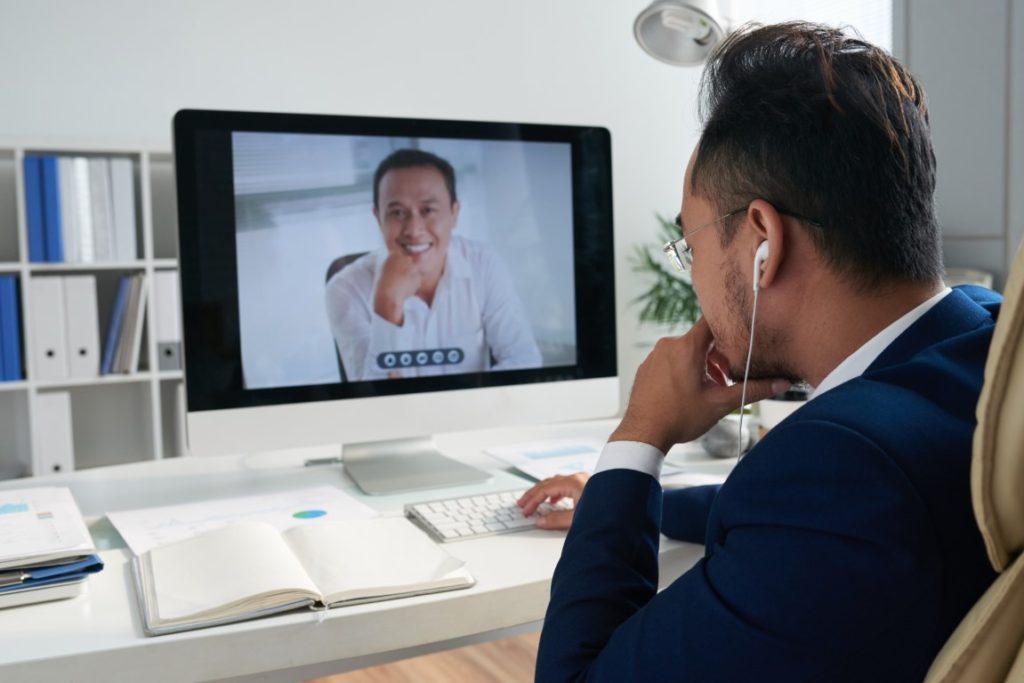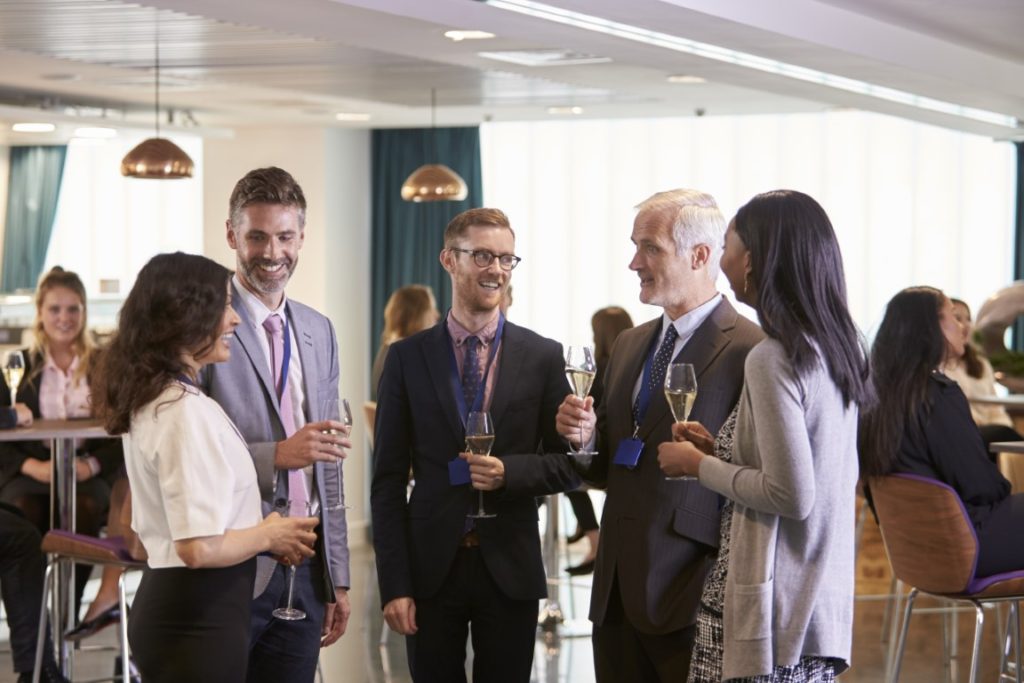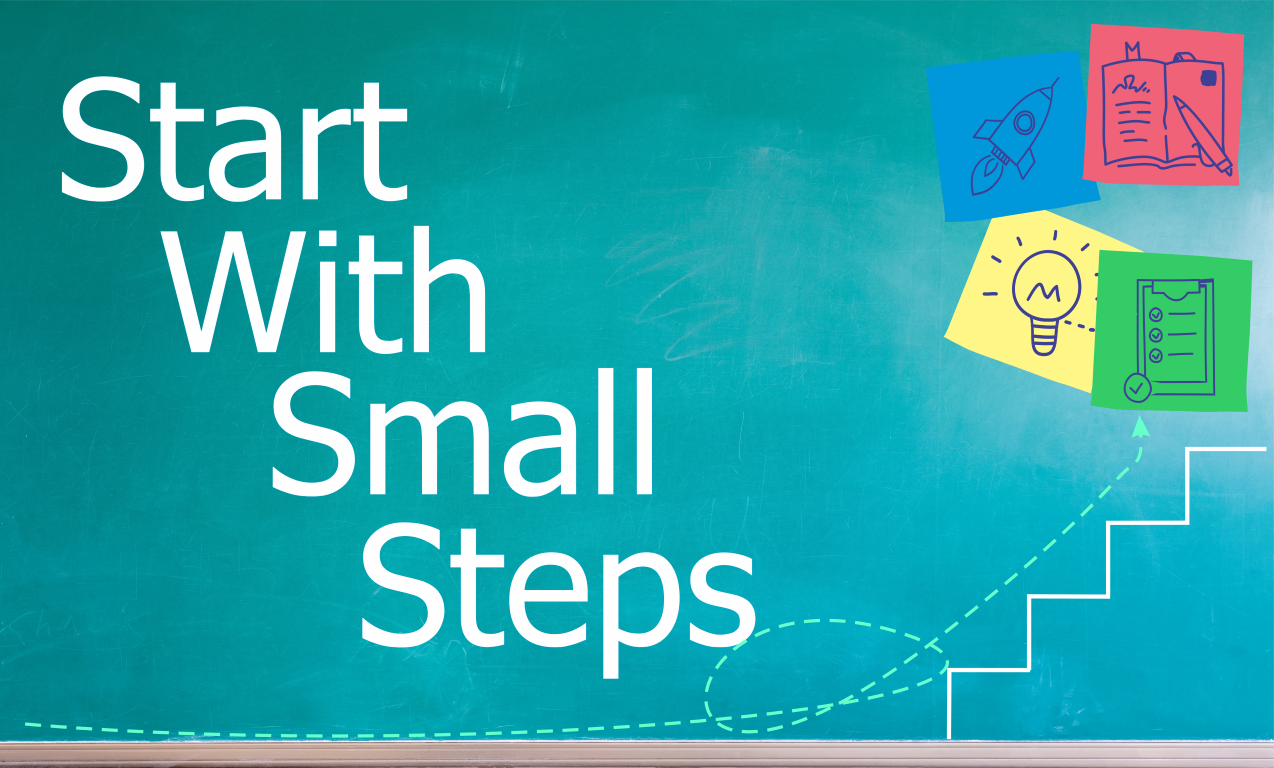“I never learned anything while I was talking” – Larry King.
Today we’re going to talk about a part of the book Captivate, The Science of Succeeding with People by Vanessa van Edwards. She’s great. I love this book. It’s one of my favorite books. She tries to help people feel comfortable when communicating with other people. Whether it’s a short term thing, like at a conference, or giving speeches or telling stories. She really tries to hit home those ideas when it comes to communication. And so we’re going to talk about some of her key points about how to really captivate people, and I think that the true gem of this book is even if you have a very short amount of time with them.
https://www.scienceofpeople.com/captivate/
https://www.amazon.com/Captivate-Vanessa-Van-Edwards-audiobook/dp/B06XK2P1WG/ref=sr_1_1

The first thing she wants you to know that hands are really important when it comes to revealing a lot of information about a person. And the reason that’s built into us is that sometimes people had a weapon in their hands. And so the first thing that you see when you see someone, and you see that there’s nothing in their hand, you know that they’re not a threat. You keeping your hands visible will help you make people feel more comfortable around you. I always try to just rest them gently in front of me on a table and not keep them hidden underneath the table.
The second aspect is posture. You have seen people who have had terrible posture, and it causes this thought in you that they’re not very confident. According to a Carnegie Mellon University study, confidence is everything when it comes to an interview. In fact, it matters more than a candidate’s reputation, or personal history, or skills. You have to sound like you can confidently take over this job. That you can do this and that you’re trustworthy. And so your posture should be stellar. You should sit with your shoulders back, your head up, and with your arms a little bit away from your torso. One of the things that you’ll see with people when they’re feeling not confident is that they seem to try to shrink. Their hands and their arms are very tucked in towards their body. Their legs are sort of curled up. Their knees, or even curled up to their chest to try to look as small as humanly possible. That is a sign of a person who’s trying to hideaway. It’s not a sign that inspires confidence. So making sure that you take up a little bit bigger space. In reading this book, she said that you could always tell who the boss is in the room, typically, because they’re the person who’s taking up the biggest amount of space.

The last step they talk about is eye contact. The best way that you can tell someone really wants to be on your side and respects what you’re saying is the fact that they’re giving you eye contact. If they’re looking away, they’re not paying attention to what you’re saying. Maybe they’re looking down at their phone even worse, that tells you they’re not interested in you. So make sure you keep that eye contact going. Allan Pease is a body language expert, and in his book, The Definitive Book of Body language and he says that you build a connection with someone, you should maintain eye contact with them 60% to 70% of the time. That’s hard sometimes. And I’d say that when it talks about looking away or looking at your phone, have you ever been at a conference, or at a meeting where someone’s checking their phone, or looking even worse at the room and trying to see “Oh, is there someone else here I could talk to than the person I’m talking to?” It really just makes you feel a little. So sometimes, if I’m actually looking for a person, and I was standing in the corner, scanning the room looking for a particular person, and then someone comes up and talks to me, I’ll explain to them right away that I’m looking for a person, please don’t feel insulted if you see me look away.
In the Science of People Survey, they asked 1000 readers the following question, “Which of these habits annoy you the most? 1. people who are too talkative 2. People, who are too quiet? 3. People who are fake 4. People who are show-offs. And in the study, people who are fake lead was 63%, and people who show off were a distant second at 22%. Keep in mind what people call the “humble brag.” We’re always used to the people who show off. But sometimes people will say, “Oh my gosh, you know, the other day I’m so clumsy. I dropped my most prestigious award on the floor, and it nearly broke into two. Thank goodness, it wasn’t wrecked!” So she also suggests that if you’re unhappy at an event, people will sense it that comes off as fake. Pushing through, faking it while you try to make it work, does not work. If you’re just not happy there, people understand that. And they understand that you’re not really wanting to be there. I tell you that one of my special things at conferences that I love to do, is I try to look for the people who look like they’re having a miserable time. And I try to go over there and find some way of brightening their day, making that whole thing more fun for them.

Vanessa, suggest coming up with your favorite types of locations. So she’s trying to challenge you to come up with what she calls “My Thrive Locations.” That’s where you really succeed. And then she said, there’s the “My Neutral Locations” and “My Survive Locations.” Those are the ones where you’re just trying to survive. Writing those down and trying to figure out in what situations you are the best at. For me, it’s sitting down with a couple people. Sitting at dinner and talking with people. It’s my favorite thing. That’s where I thrive; close contact. My Neutral Locations tend to be at large dinners or large mixers, where people are walking around with snacks and hors d’oeuvres. It’s not my favorite thing. And My Survive Location is anything that resembles a party. If suddenly the booze comes out and the loud music comes out, I am really just not great for that.
So I learned after reading this book that I’m not really helping myself by throwing myself into these situations. When I go to a conference, I’m great at meeting up with people one by one, talking to someone in the corner, seeing how they’re doing, finding out how their software’s working or their product is going to have any sorts of problems. I’m pretty good at that. That’s where I try to put all my energy. But when I go to the large group dinners, as I said, I do all right at that. And so I try to at least show-up, meet with people and talk with people. But as soon as the liquor and the music come out, I realized I’m not having fun. And I’m not going to do very well either. And I used to force myself to go to those events. What I decided to do is to push all my efforts and all my time at actually being at the conferences. But as soon as the shots come out, as soon as the music comes out, I retire early, and I go back to my room. Or sometimes I just find a quiet place where I can be with just a few people. So I tried to take that My Survive Location, and I try to go to the outer edges, where I can get back into My Neutral Locations. Make sure that where you’re interacting with people is where you’re at best.
So the next part she talks about is how there was a study by Ambady and Rosenthal, and they looked at how effective teachers are. And they found out that students determine how effective a teacher will be based on the first few seconds of that person walking in the room. They don’t even wait for the first words to come out of their mouth. A lot of times, what people will do when they’re in a conference or at a reception, and they’re going to talk to people is that they walk into the room. And if it’s not their favorite thing to let out a big sigh. And then they’ll sort of look around the room. And they’ll try to find someone that they can hang out with for the night. And then they sort of slouch their way over to that person and then talk to them. I know I’ve been there before after reading that in the book. Stop doing that. Before you walk into that area, maybe even before you leave your hotel room, good posture, your eyes up, try to think of something that’s pleasurable that makes you smile.

So Vanessa’s people went and looked at some of the most popular TED Talks. And so they rated them based on a number of things. Could they tell within the first seven seconds how that TED talk was going to do? And so they analyzed hundreds of hours of those TED Talks, and they counted gestures, measure the voice, variety, smiling, and body movements, and they found that the first impressions did not come from what that Ted Talk said, but instead, how they said it and how they framed themselves with their body language. She said that you want to make a powerful first impression by non verbally hacking all three levels of trust, showing your hands looking confident with your posture, taking up physical space, and keeping eye contact with a crowd or with the person you’re talking to.
She said that great conversations are exhilarating, and they leave you hoping that you keep talking for more and make for a fantastic time, either at work or wherever you’re having these small conversations. She said that the important thing when it comes to small conversations is small talk. Everyone doesn’t like small talk. Oh, how are you? How’s the weather? Hey, I saw it snowed yesterday. What helps people have that roller-coaster excitement when it comes to a conversation is to bring it up a notch. Use big talk, descriptive terms, make people feel something exciting is about to happen. Whenever we have this great conversation with someone, it increases their dopamine levels. Big conversations with descriptive terms and challenging chitchat are exciting. It’s one of those really great things that you can have with people. And she suggests that when you do that, have that descriptive conversation with the big talk, spark memories and novelty and bring in new ideas and new topics.

When they did a survey about some of the best questions, you can ask people, instead of saying, Well, how was your day? Instead? Talk about what was the highlight of your day? What personal passion project are you working on right now? Has anything exciting coming up in your life? What’s your story? What brings you here? What do you do? When you’re trying to create a great conversation, you really sync with people. Those are topics like hobbies, activities that light that person up, and you know that you’ve really hit it when they start to shake their head? “Yes!” They murmur, “Oh, yeah!” Are they lean in a little bit more? Or sometimes, if it’s in an email, they wrote an email back that was a little longer than they intended to. It’s one of those things where you really can get people in. We want to hear things like, “Wow!” “Huh!” You want to get “oos” and “ahhs”. You want to get smiles and gestures. That’s when you know that you’ve really hit on the right thing. She suggests using follow up questions and using different words to shake things up.
And make sure that you say people’s names. People love to hear their names. It will also help you remember their names. Remembering people’s names and, hopefully, one thing about them is really important. But she gives a bit of advice that if you’re not really good at remembering names, that you want to make sure you repeat it often, that you spell it in your brain, that you try to anchor it to something associated with them. And if you really forget someone’s name, and I know I’ve used this before in my personal life, too. What you do is, someone will come over, and you say, “Oh, hi, I want you to meet my good friend Sally. You know, Sally is one of the preeminent skiers in this area.” And then Sally will reach her hand over and say, “Hi, I’m Sally.” And that person you cannot remember their name will say, “Oh, Hi, I’m Bob Smith, it’s great to meet you” Now they said their name. So sometimes that can get you out of some hot water if you can’t remember their names, and try to remember something interesting about them. This is about being genuinely interested in other people. When you’re genuinely interested in other people, that will come out. Those are the things that will tie you together.
Try to bring out mutual interests or mutual contacts. “I met Sarah, your organization last year. Do you work with her?” If they did, that’s a connection that will help bring you together. Or if you happen to know something about them that will help you to if you have something in common with that person. So the one method that she talks about when it comes to keeping conversation exciting is she says to us, “why.” “Who,” “what,” “when,” “where” are boring questions because they’re all factual. “I was at the mall yesterday, I saw Bob. Bob was wearing a weird hat.” But then you get into, and you say, “Why was Bob wearing a weird hat?” “Oh, well, let me tell you! We had this party at our office, and it was weird that day. And Bob forgot to take the weird hat off” whatever is the reason why that makes the conversation suddenly exciting. So if you ask the why question, that will make any conversation more exciting than it was before.
The last thing is to try to fix their problems. I spend half my time at conferences or at places trying to introduce people to other people. An introduction when you can tell two people something that’s mutual about them, how much that brings them together. Half the time when I’m talking to someone and I make an introduction, I bow out of the conversation because now the two of them are just the closest of friends.
Forbes magazine, just to wrap it up, had simple ways of having a more meaningful conversation.
- Don’t think about what you’re going to say next.
- Ask good questions.
- Do your homework about that other person, if it’s appropriate and not creepy.
- Try to relate to the person in a genuine way.
- Let the person sell themselves to you. People love to talk about what they’re great at.
- Ask people how you can help or how you can help them connect.
- Reach out in meaningful ways to that person. If you can tell they’re hurting, offer them comfort. If you can tell, they just want someone to listen to, be there for them.
- Decrease barriers.
- Listen and remember what they said.
- Don’t make this about yourself or trying to sell yourself or your product. Actually listened to that person.
- Recognize other people who are standing around and don’t make people feel like outsiders. Sometimes when you’re talking at a conference or talking in a large group of people, or talking at Zoom people, you can tell that there’s a core group of people who are really active in the community. And so make sure that nobody feels like an outsider. If you see that one person who’s out there doesn’t look like they’re enjoying your meeting, find a way to bring them into the conversation.
Summary
- Show your hands, have good posture, and keep good eye contact.
- Don’t be fake or show off.
- Make sure your best impression starts at the doorway, even before you said anything.
- Use exciting words, new ideas, and ask great questions.
- Remember names and details about people. Be genuinely curious. Solve their problems if you can, and introduce them to other people by showing what they have in common and what types of great conversations they can have together.
Challenge
- Starts small by making everyday conversations more exciting. Consider your tone, your fun words, and your exciting ideas. Even when you’re talking to people that you talk to you every day. The more practice you get in, the better you’ll get at this.
Now for a fun quote,
“The less I know about other people’s affairs, the happier I am. I’m not interested in caring about people. I once worked with a guy for three years and never learned his name. Best friend I ever had. We still never talk sometimes. “
And that quote comes from Ron Swanson and Parks and Recreation. Maybe that’s not the best piece of advice when it comes to building good relationships. Definitely care about people. It’s the way to go.

